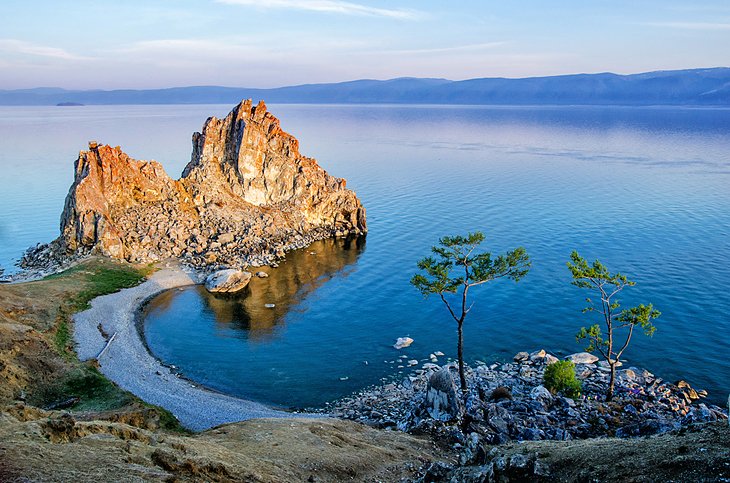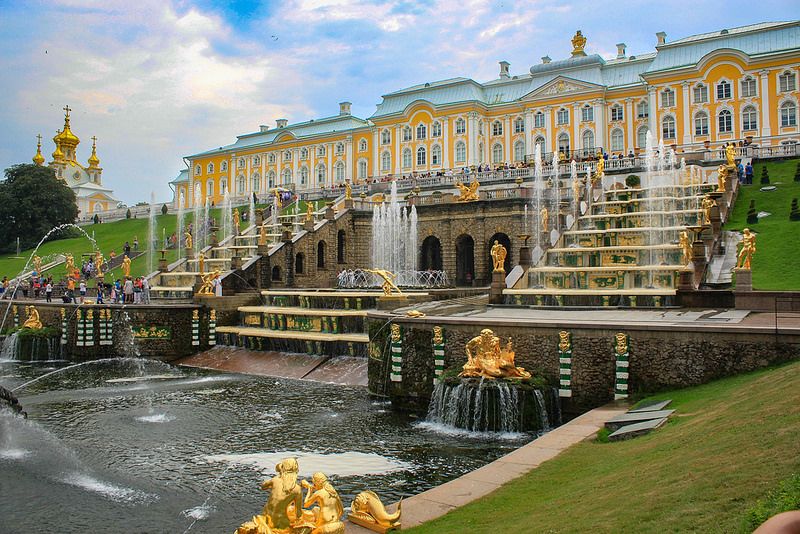Popular Hotels in Russia
Four Seasons Hotel Lion Palace St. Petersburg
Russia
$500The Four Seasons Hotel Lion Palace St. Petersburg is a luxurious five-star hotel located in the heart of St. Petersburg, Russia. Housed in a meticulously restored 19th-century royal palace, the hotel is renowned for its opulent design and exceptional service.Location: Situated at Voznesensky Prospekt 1, Admiralteysky District, the hotel is just two blocks from the iconic Hermitage Museum and adjacent to St. Isaac's Cathedral. This prime location offers guests easy access to many of the city's major attractions. Accommodation: The hotel features 183 spacious guest rooms and suites, each designed with imperial Russian-inspired décor. Rooms are equipped with modern amenities, including marble bathrooms and state-of-the-art technology, ensuring a comfortable and luxurious stay.Dining: Guests can indulge in a variety of dining experiences: Sintoho: A contemporary Asian restaurant specializing in Japanese, Chinese, and Thai cuisines. Percorso: Offers authentic Italian dishes in an elegant setting. The Tea Lounge: Set in a glass-roofed winter garden, it provides a sunny setting for breakfast, lunch, afternoon tea, and a light supper.Amenities: The hotel boasts a range of amenities, including a full-service spa, a 24-hour fitness center, and an indoor pool. Guests can also enjoy the hotel's proximity to cultural landmarks, making it an ideal base for exploring St. Petersburg.
Book NowGrand Hotel Europe
Russia
$800The term "Grand Hotel Europe" refers to several distinguished hotels across Europe, notably in Saint Petersburg, Russia, and Lucerne, Switzerland.Grand Hotel Europe, Saint Petersburg, Russia: Located on Nevsky Prospect, the Grand Hotel Europe is a historic five-star luxury hotel that opened its doors on February 9, 1875. Designed by Swiss-Russian architect Ludwig Fontana, the hotel has undergone various renovations, including significant Art Nouveau enhancements by architect Fyodor Lidval between 1907 and 1914. Throughout its history, it has hosted numerous notable guests, including Peter Ilyich Tchaikovsky and Elton John. The hotel features marble-and-gilt interiors, sweeping staircases, and elegant furnishings, reflecting its rich heritage
Book NowHyatt Regency Ekaterinburg
Russia
$250Hyatt Regency Ekaterinburg is a premium five-star hotel located at 8 Borisa Yeltsina Street in the heart of Yekaterinburg, Russia. This modern hotel is an ideal choice for both business travelers and tourists seeking a comfortable urban retreat. Accommodations: The hotel offers spacious rooms designed to provide a sense of home. Guests can enjoy stunning city views from higher floors, with rooms like those on the 19th floor offering panoramic vistas of Yekaterinburg.Dining Options: Hyatt Regency Ekaterinburg features a variety of dining venues:T-Lounge: Offers a 24-hour breakfast menu, emphasizing healthy and enticing choices for travelers.Other Restaurants and Bars: The hotel boasts multiple restaurants and bars, providing guests with diverse culinary experiences.
Book NowLotte Hotel Moscow
Russia
$500LOTTE HOTEL MOSCOW is a luxurious five-star hotel situated at the intersection of Novy Arbat Avenue and Novinskiy Boulevard in Moscow, Russia. Opened in 2010, it is the first overseas property of the Lotte Hotels & Resorts chain, which is part of the South Korean Lotte Group. Accommodations: The hotel offers 300 spacious rooms and suites, including the largest Royal Suite in Russia, spanning 490 square meters. Each room is designed to provide elegance and comfort, featuring modern amenities and sophisticated décor.Dining Options: Guests can enjoy diverse culinary experiences at the hotel's renowned restaurants: OVO: Specializes in contemporary Italian cuisine, offering a modern twist on classic dishes. MEGUmi: Provides cutting-edge Japanese cuisine, blending traditional techniques with innovative flavors.Amenities and Services: LOTTE HOTEL MOSCOW features a range of facilities to enhance guests' experiences: Mandara Spa: A world-famous Balinese spa offering various treatments for relaxation and rejuvenation. Fitness Club: A state-of-the-art fitness center equipped with modern exercise equipment. Swimming Pool: An indoor pool providing a tranquil environment for leisure.Location: The hotel is conveniently located near Moscow's historical and cultural landmarks, including the Red Square and the Bolshoi Theatre, making it an ideal choice for both business and leisure travelers.
Book NowForrest Terrace Hotel
Russia
$275The Forrest Terrace Hotel is a five-star establishment located in the picturesque Kurtatinsky Gorge of North Ossetia-Alania, Russia. This hotel offers guests a luxurious retreat amidst stunning natural landscapes, combining modern amenities with the serene beauty of the Caucasus region.Location: Nestled in the heart of the Kurtatinsky Gorge, the hotel provides guests with breathtaking views of the surrounding mountains and forests. The area is renowned for its rich flora, unique climate, and proximity to historical and architectural landmarks, making it an ideal destination for nature enthusiasts and cultural explorers alike. Accommodation: The Forrest Terrace Hotel boasts spacious and well-appointed rooms, each featuring a private terrace equipped with sun loungers. Guests have praised the cleanliness and comfort of the accommodations, noting the ample space and modern design.Amenities: The Forrest Terrace Hotel is equipped with a range of facilities designed to enhance the guest experience, including: Spa Center: Offers a variety of treatments and therapies for relaxation and rejuvenation. Gym: A well-equipped fitness center for guests wishing to maintain their workout routines. Swimming Pool: An indoor pool providing a serene environment for leisure and exercise. Sauna: Features both Finnish and Turkish baths, allowing guests to unwind and detoxify.
Book NowHotel Baltschug Kempinski Moscow
Russia
$250Hotel Baltschug Kempinski Moscow is a prestigious five-star hotel situated in the heart of Moscow, offering guests luxurious accommodations with breathtaking views of iconic landmarks such as the Kremlin and St. Basil's Cathedral. The hotel is conveniently located across the Moskva River, providing easy access to Moscow's premier attractions. Accommodations: The hotel boasts 227 elegant rooms, including 36 suites and unique Design Suites, all featuring contemporary décor and modern amenities to ensure a comfortable stay.Dining Options: Guests can indulge in a variety of dining experiences at the hotel's on-site restaurants: The Baltschug Grill: Offers a diverse menu with stunning views of the city. Café Kranzler: Serves a selection of international dishes in a relaxed atmosphere.Amenities: The hotel provides a range of amenities designed for relaxation and wellness, including: Indoor Pool: A 12-meter pool available for guests seeking leisure and exercise. Spa Center: Offers various treatments and therapies for rejuvenation. Fitness Center: Equipped with modern facilities to cater to guests' workout routines.
Book Now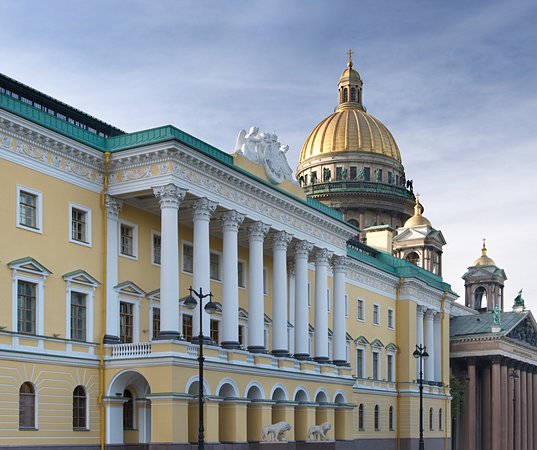
.jpeg)


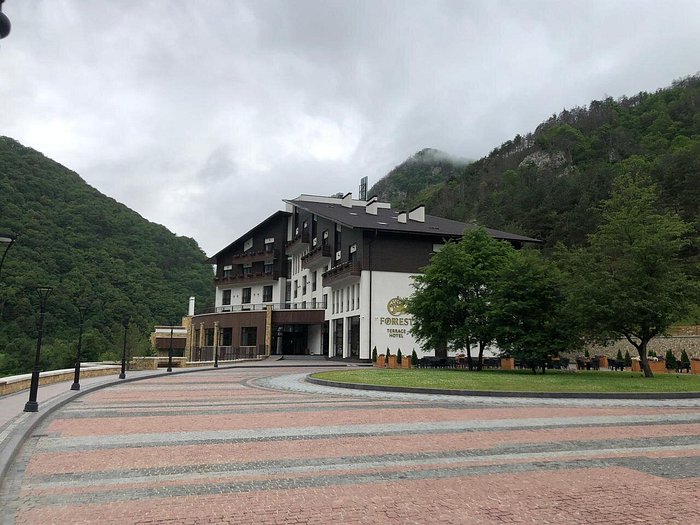
.jpg)
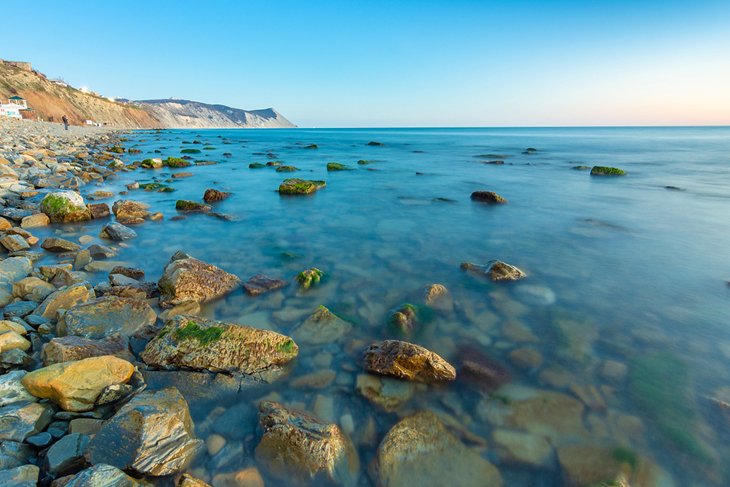
.jpeg)
